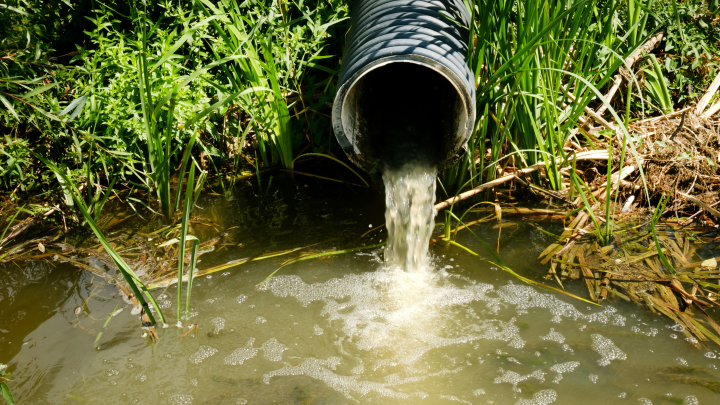Martin Lines explains why we all have a part to play in tackling one of the most high-profile issues our industry currently faces.
Water is essential – for farming, communities and nature. However, we can no longer ignore the scale of pollution in our rivers, lakes and seas, or the significant contribution that farming makes to this. That’s not finger-pointing, it’s a fact. When farmers manage over 70% of the UK’s land, what we do, and how we do it, matters.
Agriculture is responsible for around 60% of the pollution in watercourses, and in some catchments, it’s significantly more. This isn’t about one bad actor or one farming type. It’s a widespread challenge across our whole sector, from slurry issues in the west to pesticides and nitrates runoff in the east.
We’ve now had two decades of voluntary schemes aimed at improving water quality, yet the data show little real progress. Nutrients, pesticides and soil are still making their way into our rivers at alarming levels. The system isn’t delivering the results we need, and tinkering at the edges will no longer cut it. To solve it, we must look hard at what is driving this problem.
During a recent visit to my farm, Environment Secretary Steve Reed expressed real interest in this challenge. He’s confirmed plans to relaunch the Sustainable Farming Incentive (SFI) with new options focused on cleaning up water. That’s a welcome step, and one we in the Nature Friendly Farming Network (NFFN) have long campaigned for.
The new Farming Rules for Water enforcement guidance, published in June, marks a significant shift. Farmers must now demonstrate that fertilisers or organic manures are really needed for their crops and soil health, taking habit and guesswork out of the equation. Tools like RB209 or MANNER-NPK can help, as can working with a FACTS-qualified advisor.
This shouldn’t be seen as red tape. It's a way to protect our inputs, reduce losses, and improve soil health, all while cutting pollution. Yes, it requires more thought and planning, but the benefits for water quality, biodiversity and long-term farm resilience are real.



